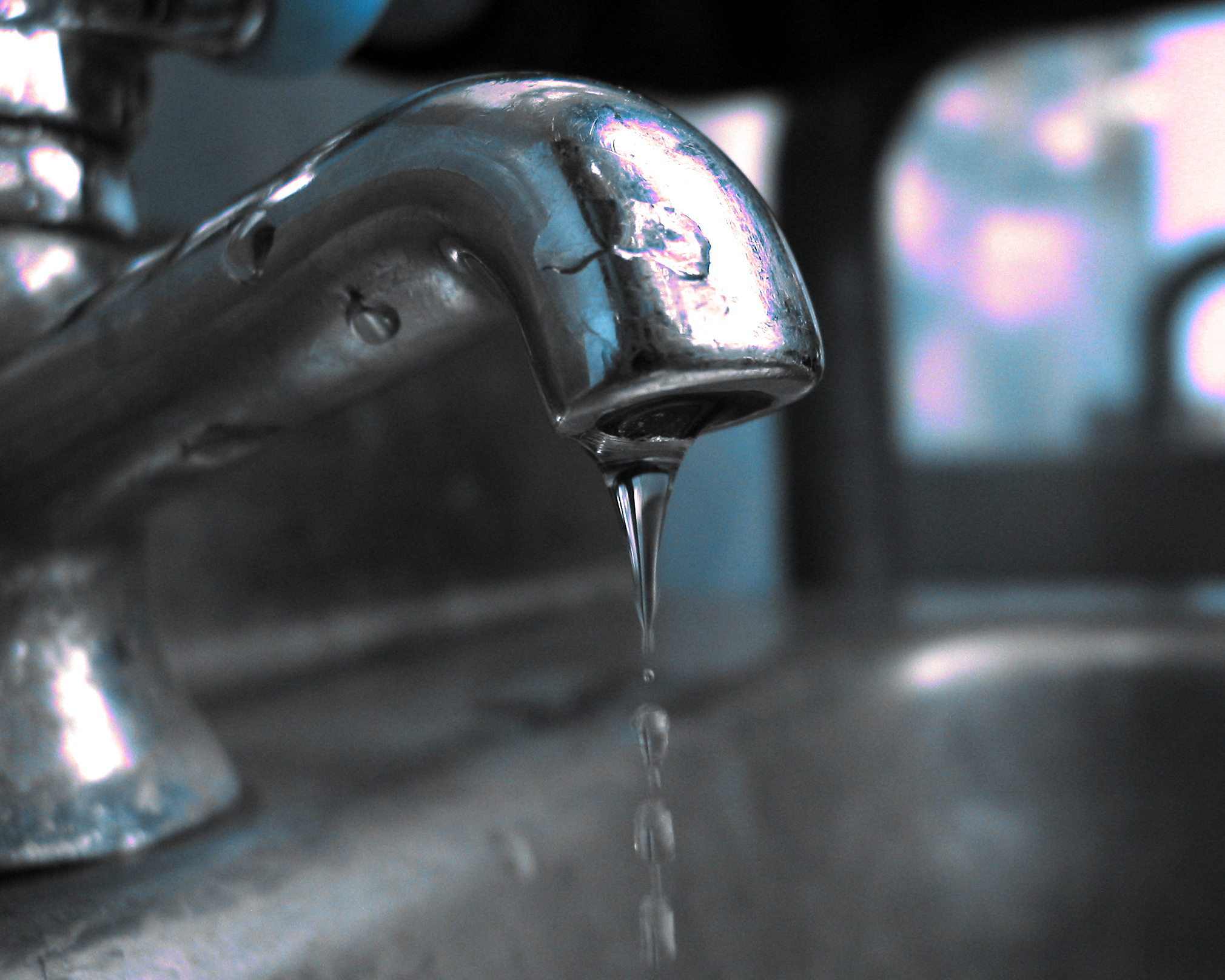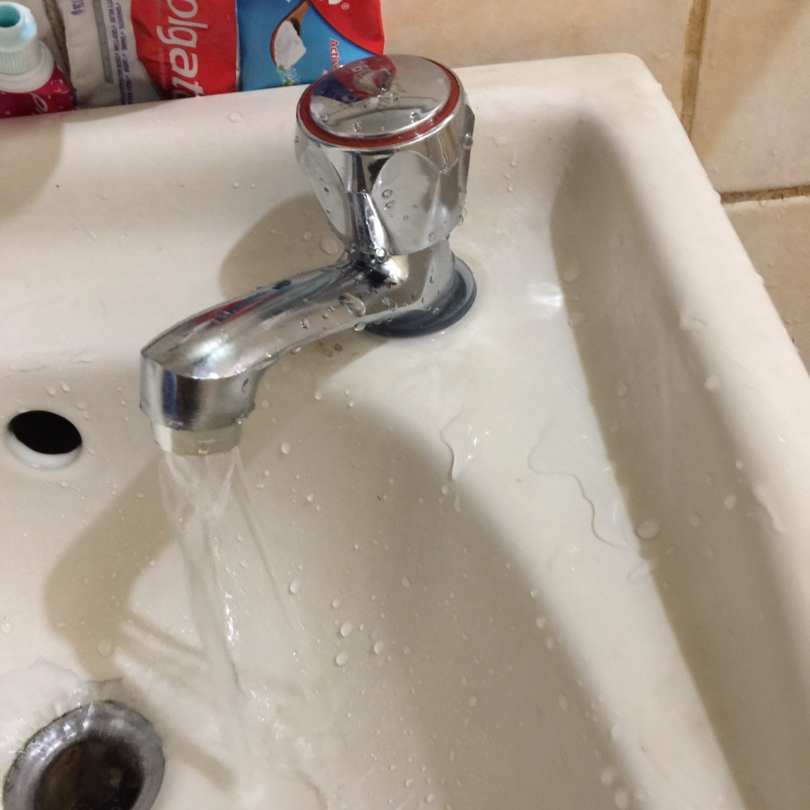Understanding the Value of Correcting a Leaking Faucet
Understanding the Value of Correcting a Leaking Faucet
Blog Article
Here underneath you'll find some first-rate additional info in regards to Why Are My Faucets Dripping (And Can I Fix It Myself)?.

Leaking faucets could look like a small aggravation, but their effect surpasses just the nuisance of the audio. From wasting water to incurring unneeded economic prices and health and wellness threats, ignoring a dripping faucet can result in different repercussions. In this write-up, we'll look into why it's crucial to address this common household concern without delay and effectively.
Wastage of Water
Environmental Impact
Trickling taps contribute considerably to water wastage. According to the Epa (EPA), a single tap leaking at one drip per second can throw away greater than 3,000 gallons of water per year. This not just strains water resources however also impacts communities and wildlife depending on them.
Step-by-Step Overview to Taking Care Of a Dripping Faucet
Devices Required
Prior to trying to repair a trickling faucet, collect the essential devices, including an adjustable wrench, screwdrivers, substitute components (such as washing machines or cartridges), and plumber's tape.
Common Faucet Issues and Their Solutions
Determine the sort of faucet and the certain concern creating the drip. Common problems include worn-out washers, corroded shutoff seats, or faulty O-rings. Refer to manufacturer directions or on the internet tutorials for detailed support on repair services.
Financial Expenses
Raised Water Bills
Beyond the ecological influence, trickling taps can pump up water costs significantly. The gathered wastefulness gradually equates into greater utility expenditures, which might have been avoided with timely repair work.
Prospective Residential Or Commercial Property Damage
Additionally, extended leaking can result in damage to components and surfaces surrounding the faucet. Water accumulation can create discoloration, deterioration, and also architectural concerns if left ignored, leading to additional repair expenses.
Wellness Concerns
Mold And Mildew and Mildew Development
The constant visibility of moisture from a leaking tap develops an optimal setting for mold and mildew development. These fungis not just compromise indoor air high quality however additionally posture health risks, particularly for individuals with breathing problems or allergic reactions.
Waterborne Conditions
Stationary water in dripping faucets can become a breeding ground for bacteria and various other virus, raising the threat of waterborne illness. Pollutants such as Legionella bacteria thrive in stationary water, possibly resulting in serious illnesses when consumed or breathed in.
DIY vs. Professional Fixing
Pros and Cons of Do It Yourself Repair Service
While some may try to fix a leaking tap themselves, DIY fixings include their very own set of obstacles. Without appropriate understanding and devices, DIY efforts can exacerbate the problem or bring about incomplete fixings, prolonging the issue.
Advantages of Hiring an Expert Plumber
Working with a professional plumber guarantees that the underlying source of the leaking tap is resolved effectively. Plumbings have the expertise and tools to detect and repair tap issues successfully, conserving time and decreasing the danger of further damage.
Environmental Responsibility
Individual Contribution to Conservation
Taking obligation for taking care of dripping faucets straightens with broader efforts toward water conservation and environmental sustainability. Every individual's actions collectively make a significant effect on protecting precious resources.
Sustainable Living Practices
By prioritizing punctual fixings and taking on water-saving behaviors, people contribute to sustainable living practices that benefit both existing and future generations.
Safety nets
Normal Upkeep Tips
To avoid dripping taps, do routine maintenance such as cleansing aerators, evaluating for leakages, and replacing damaged components quickly. Additionally, take into consideration installing water-saving tools or upgrading to extra effective components.
Value of Prompt Fixes
Dealing with dripping taps as soon as they're noticed avoids more water wastefulness and prospective damage, inevitably saving both water and money in the long run.
Influence On Home Value
Understanding of Well-Maintained Residential Or Commercial Property
Keeping a residential property in good condition, including addressing upkeep concerns like dripping faucets, improves its perceived worth and worth among prospective customers or renters.
Influence on Resale Value
Features with well-maintained plumbing fixtures, consisting of taps, command greater resale worths in the realty market. Addressing trickling taps can contribute to a favorable impression during home examinations and arrangements.
Final thought
Dealing with a dripping faucet goes beyond mere convenience; it's an essential step towards conserving water, lowering economic prices, and protecting health and wellness and residential property. Whether through do it yourself repair work or specialist support, doing something about it to deal with dripping faucets is a little yet impactful method to promote responsible stewardship of resources and contribute to a healthier, extra lasting future.
How to Fix a Leaky Faucet: Step-by-Step Repair Guide
A leaky faucet may seem like a simple annoyance, but if it's not fixed promptly, that leak could cost hundreds to potentially thousands. From water damage to mold, mildew, and high water bills, even a tiny leak can be catastrophic if left unattended. Damage like this can even affect the overall value of your home, so it's important to take the right approach for leaky faucet repair. You may need the help of a plumber in some cases, but we've got a few tips you can try on how to fix a leaky faucet before calling the pros.
Four Faucet Types
When you're learning how to fix a leaky faucet, the first step is knowing what kind of faucet you're working with! There are four common types.
Cartridge Faucets
Cartridge faucets come in one- or two-handled varieties. In one-handled cartridge faucets, hot and cold water combines in a single cartridge. In the two-handled versions, hot and cold water are controlled separately and mixed in the faucet.
Ball Faucets
Ball faucets have a single lever you push up and down to adjust the pressure and rotate to change the temperature. A slotted metal ball controls the amount of water allowed into the spout.
Compression Washer Faucets
They're the oldest type of faucet, but they're still used in many homes — especially older ones. Compression faucets have two separate handles that, when turned, raise or lower the washer that seals a water valve. This valve stops water from flowing through the faucet when it is turned off.
Disc Faucets
Disc faucets rarely need to be repaired due to their maintenance-free design. The water flow is controlled by two discs — the upper one raises and lowers against a fixed lower disc, creating a watertight seal. If your disc faucet starts leaking, you may need to replace the seals or clean residue buildup from the inlets.
Fixing a Leaky Faucet
Step 1: Turn Off the Water
Whether you're learning how to fix a leaky bathtub faucet or how to fix a leaky kitchen faucet, always turn off the water supply to your working area when you're fixing a leak. The last thing you want is a flood added to your list of things to fix.
Look for the shutoff valves below your sink or around the tub and turn them clockwise to stop the water flow. If your faucet doesn't have shutoff valves, you may need to turn off the water for the whole house. Check to make sure it's off by turning the faucet on. If nothing comes out, you're ready to start the repair.
Step 2: Take Apart the Faucet
How you disassemble your faucet depends on the type of fixture you have. You can use a flathead screwdriver to remove the caps on top of the handle or handles for cartridge and compression faucets. Inside, you should see handle screws. Unscrew these with a screwdriver to remove the handle.
Disc- and ball-style faucets will typically have an inlet screw near the handle, and removing that will reveal the interior of the faucet.
Detach the Valve Stem
For cartridge- and compression-style faucets, you'll see the inner valve stem or cartridge once you remove the faucet handles. If you have a compression faucet, unscrew the brass valve stem. If you have a cartridge faucet, pull out the cartridge. If your cartridge has been in place for a while, it may require some tools or extra force to remove it due to mineral deposits.
Examine and Replace Parts
Once you've removed the parts, check them out to confirm what needs to be replaced. You may see corroded rubber washers, O-rings, stems, or cartridges. On a ball-style faucet, check the seats and springs for damage.
If you need to repair a leaky disc faucet, check the inlet and seals on the lower disc.
Once you determine what parts must be replaced, visit your local hardware store. Bring the damaged parts with you to ensure you can purchase the correct components to replace them.
Clean Valves and Faucet Cavity
If you've removed a stem or cartridge, you may notice mineral buildup in the faucet's threads. Use white vinegar to clean the valve seat by soaking it for a few minutes, then scrub it away with a soft toothbrush and rinse with warm water. You can also clean the interior of the faucet in the same way.
Reassemble the Faucet
Once your faucet is cleaned and the required parts have been replaced, it's time to reassemble it. Put the pieces back together and slowly turn the water supply back on. Doing this slowly is crucial because too much initial water pressure can damage the new hardware you've just installed.
https://homewarranty.firstam.com/blog/how-to-fix-leaky-faucet

I was shown that article about Why Is It Important To Fix Your Leaking Tap/Faucet? from a buddy on our other site. Sharing is good. You won't know, you will be helping someone out. Thanks a lot for your time. Kindly check up our blog back soon.
Report this page